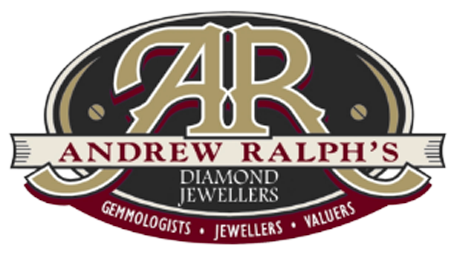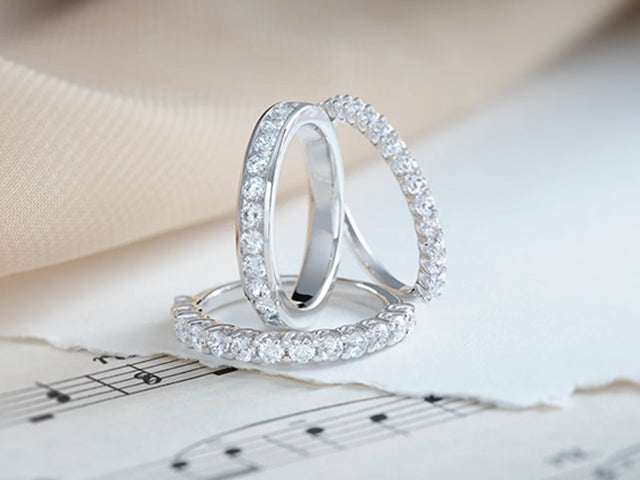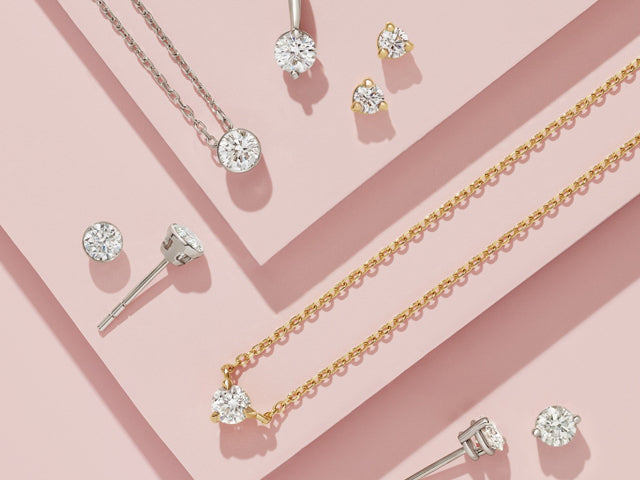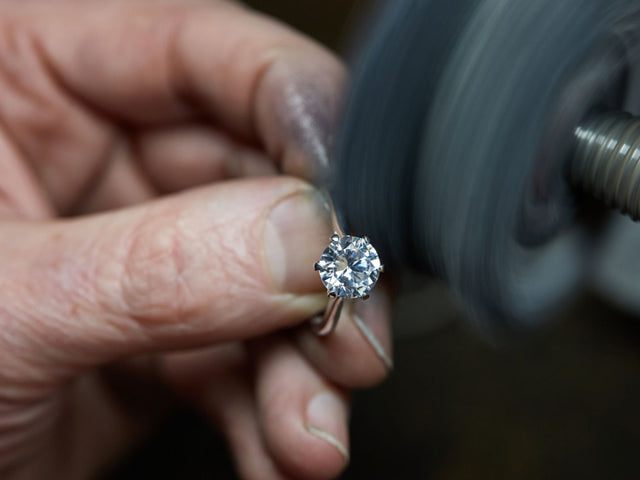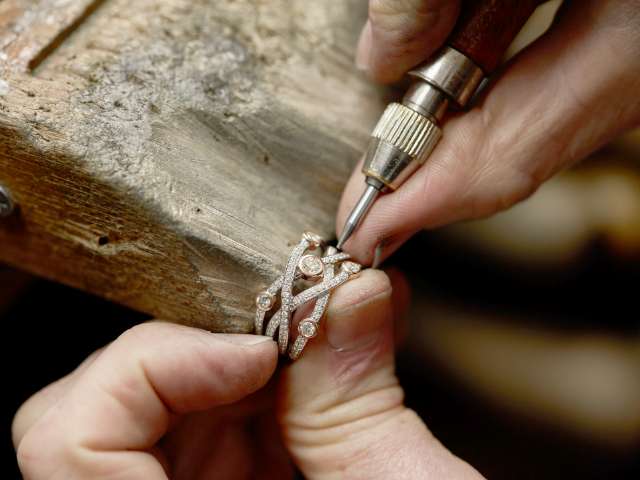Since the 1950's the not-for-profit Gemmological Institute of America (GIA) has set the benchmark for diamond grading by implementing the 4 C's. This method has since been adopted universally to grade diamonds and all the staff at Andrew Ralph's Diamond Jewellers are fully trained in its use. We often take the simple approach that each of the 4 C’s are like dials on a machine, and by turning up or down each dial the client can choose the price they wish to pay based on the quality levels they choose. The only rule we have is that some dials should not be turned too far down. Although this will greatly reduce the price, quality is hindered too much, and the result will be an unattractive diamond.
Considerations
Which of the C's is the most important?
Cut would have to be the most important C of all. It is the only C that man has any control over and it refers to how well the diamond has been faceted. Diamonds that are cut very well [VG or EX] take longer to plan and facet and ALWAYS result in a brighter more brilliant diamond. In fact a well cut diamond can not only mask fine inclusions present but can also improve the apparent base color of the stone.
Which “C” should I “dial up” to get the best diamond for my budget?
The answer to this question assumes that the customer has already chosen a size of diamond [Carat] so there are only 3 C's left to choose from. Cut, Clarity and Colour. At Andrew Ralph’s we pride ourselves on choosing only the best cut goods available and often we stock only VG-VG or EX-EX. This leaves only Clarity and Colour for the customer to decide between. Assuming that Clarity is set to “invisible to spot with the naked eye” level that is SI2 or better, we recommend that colour is the C that should be set to as high as the budget allows. Stones that are D, E or F on the color scale are truly beautiful looking diamonds.
Colour
Refers to the lack of colour in the body of the diamond, or how WHITE a diamond is. Starting at D [as colourless] and ending at Z [tinted] we generally start to see a “tint” at I in the color scale. The tint can be any colour but usually yellow [South African type diamonds] or brown [Australian type diamonds].
Cut
Cut is the only C that man has any control over and it refers to how well the diamond has been faceted. Diamonds that are cut very well [VG or EX] take longer to plan and facet and ALWAYS result in a brighter more brilliant diamond. In fact a well cut diamond can not only mask any fine inclusions present but can also improve the apparent base colour of the stone. We tend to avoid diamonds that are Cut to a Poor [PR] or Fair [FR] level as these stones have too much light leaking from the back or sides of the diamond.
Clarity
Refers to the presence of minute natural inclusions (usually un-crystallized carbon) inside a diamond. Depending how large and obvious these inclusions are will attract a grade from Flawless [FL] through to Included level 3 [I3]. A very important line is usually drawn at SI2 [Slight Inclusion level 2] as these cannot be seen with the naked eye. Carat
Carat
Refers to how much the diamond weighs and is measured in carats [ct], each carat can be divided into 100 points [pt] and often we refer to a 0.50ct diamond as a 50 point diamond. Even though it is a measure of weight, we often refer to it as the “size” of the diamond. It is directly linked to another C [Cut] and depending how well the stone is proportioned determines how large the diameter of the finished faceted result.
